A. What is hernia repair?
A hernia forms when the abdominal wall weakens, bulges, or tears. The inner lining of the abdomen and small intestine can poke out of this weakened area.
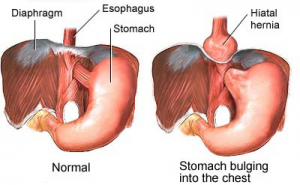
A hernia repair is a surgery to push the abdominal material back where it belongs and to repair the abdominal wall. At times the stomach may protrude into the chest cavity. This is called hiatus hernia. A hernia around the umbilicus is called umbilical hernia while those around the groin are called inguinal hernias.
B. Why is it done?
Hernia repair is done to prevent the hernia from becoming strangulated. A strangulated hernia is the one where the hernia is trapped and blood supply to it has been cut off. This leads to that part of the intestine to die off.
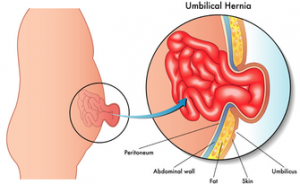
C. How is it done?
Before the procedure, a detailed physical examination will be done. Blood tests may also be done. Hernia repair is usually done under general anaesthesia. Regional anaesthesia may be used in some instances.
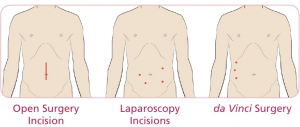
An incision is made over the hernia site. The hernia will be moved back into the abdominal cavity.
In the case of hiatus hernia, the stomach is moved from the chest cavity back down to the abdominal cavity. For some, the weakened muscles that allowed the hernia to develop are sewn together. At times, if the weakened area is large or in the groin, a piece of mesh will be placed over the area to create a new wall. If mesh is used, the muscle is not sewn together. The incision will be closed with stitches or staples.
D. Possible complications of hernia repair
Complications may arise from the general anaesthesia or the surgery itself. These may include side effects of the medications or damage to neighbouring organs or structures such as, intestines or bladder and infection and bleeding.
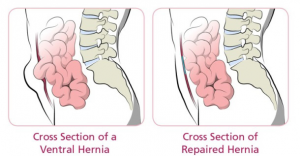
Detailed assessment shall be done so as to ensure that one is fit to undergo hernia repair surgery so as to minimize the risks of complications occurring. Consent is given show authorization for your child to undergo hernia repair after understanding the need, benefits and risks of the procedure.
E. Risks of not undergoing hernia repair
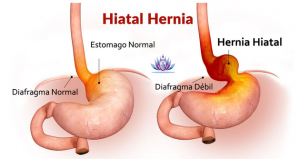
The risk of not undergoing hernia repair surgery varies
from patient to patient and the doctor will explain the specific risk to you. Strangulation of the hernia is a major risk of not undergoing hernia repair and can lead to death.
F. What happens after hernia repair?
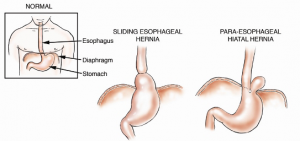
After the procedure, your child will be required to not to do strenuous activity for about 8 weeks.
You will be shown how to take care of the incision site. Follow up visits will be planned so as to monitor the progress of healing. You will be advised on what danger signs to look out for your child when at home.
G. Alternative to hernia repair
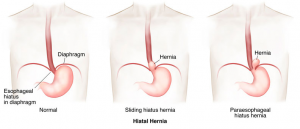
In a majority of instances, surgery is the only definitive treatment for a hernia. If there is no strangulation, the surgery may be delayed for some time until one is ready. The longer the delay, the higher the chances of strangulation occurring. It is highly encouraged that you ask any question you may have regarding hernia repair surgery. You may also request for a second opinion regarding hernia at any point you would like one. This would not in any way negatively impact the quality of care you receive.

